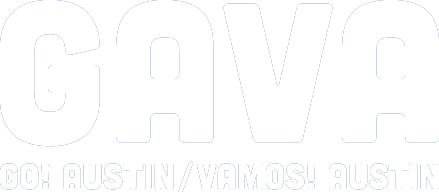building community power for health equity
Everything we do at GAVA is community-driven and resident-led. We believe in the right to self-determination and the priorities we champion are always informed by the voices, perspectives, and lived experiences of those living in the neighborhoods we serve. We organize and mobilize community power to reduce barriers to health while increasing institutional capacity to respond to the people most impacted by historic inequities.
GAVA seeks to reduce the negative impacts of systemic health inequities in the following three ways:
Increase access to physical activity and improved nutrition
Build community power
Foster permanency
Physical Activity and improved nutrition
GAVA builds partnerships that provide healthy programming to increase access to physical activity and promote healthy food options in neighborhoods and schools. We connect neighborhood leaders to relevant resources and organize for a healthier built environment that supports improved nutrition and active lives.
Build Community Power
GAVA’s coalition of residents and nonprofits work together in teams to address their shared goals and focus on leadership development. We provide training, resources and support to develop strong community leaders who can collectively identify issues and concerns around health and safety in their neighborhoods. To ensure the sustainability of the work we do, we also develop new and existing networks of community leaders and groups to address health inequities.
Foster Permanency
As our neighborhoods of focus continue to grow and change, we identify specific policies, tools, and programs that can mitigate the cost of living and pressures from climate change that worsen displacement. GAVA builds coalitions with other groups impacted by displacement and work towards community-driven solutions to promote neighborhood stability. We also foster partnerships and initiatives that support residents’ economic mobility and opportunities to increase their incomes.
Our Work in Health
GAVA is committed to building community power to address health inequities in Austin’s Eastern Crescent and GAVA’s model places residents at the forefront of the process.
For the purposes of our work, GAVA defines health as:
Access to nutritious, culturally relevant food
We work with neighbors and community partners like Urban Roots and Farmshare Austin to increase access to fresh, local, organically grown and truly affordable produce
Access to physical activity opportunities
We organize with the community to improve infrastructure in parks, public spaces and neighborhoods, and partner with local organizations to co-create physical activity, sports, and cultural programming that support active lives.
Safe and walkable neighborhoods
We work with neighbors and school communities to support pedestrian-safe infrastructure, traffic calming efforts, and Safe Routes to School.
Community permanency, cohesion, and social capital
We organize for anti-displacement, community investment, and strong, relational networks that support neighborhood stability, upward mobility, and climate justice.
Healthy schools, early childhood centers, formal and informal care of young children
We support caretakers and educators of children aged 0-5 in preschools, centers, pre-kindergarten classrooms, and formal and informal home-based childcare settings. They leverage funding and improvements for nutrition and physical activity like refrigeration for healthy snacks and outdoor learning play settings and shade structures. We also support educators to increase their certification, professional development, and peer networks, through culturally and linguistically responsive and adaptive training and workshops. We also support elementary, middle and high school educators and parents to create healthy learning environments and health education.
Safe and healthy homes and neighborhoods
From reducing flooding risks to preventing crime, we work with neighbors to develop action plans for their neighborhood and connect to the technical experts, resources, or organizing networks to advance their agenda for a healthy, safe, and supportive community.

